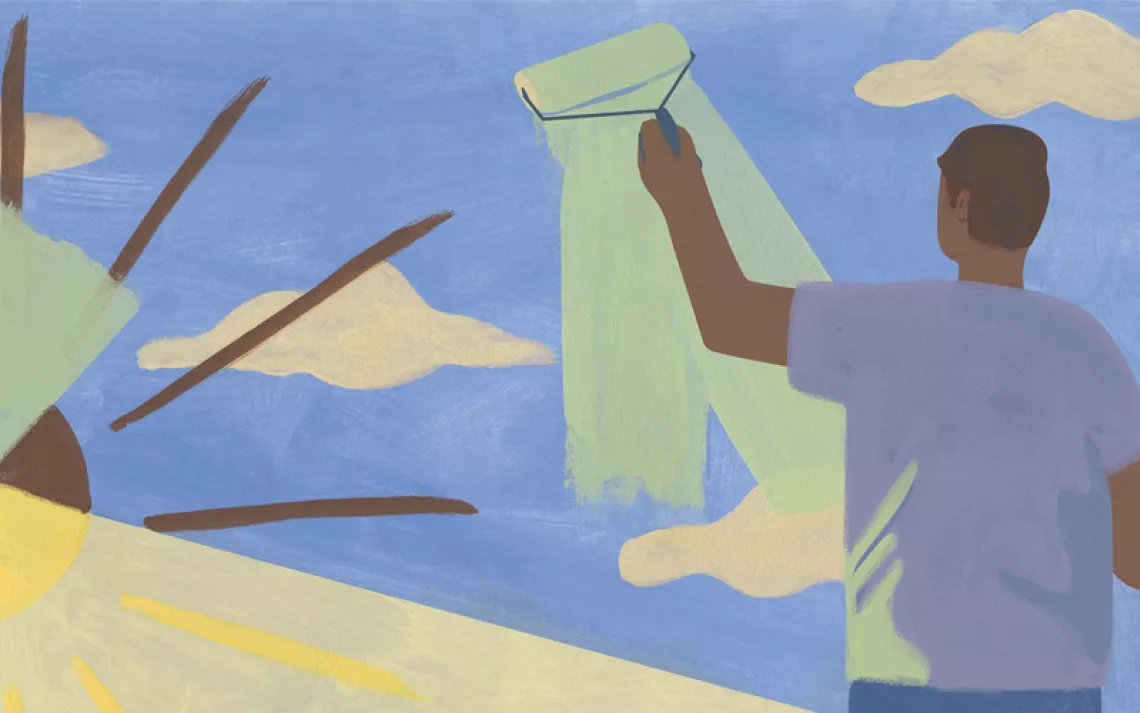In Neil Shubin's New Book, Everyone's a Time Capsule
"Some Assembly Required" takes the evolutionary long view

Our genetic code is often cited as the special instructions that make us who we are—but this is true only in part.
In Some Assembly Required: Decoding Four Billion Years of Life, From Ancient Fossils to DNA (Pantheon, 2020), University of Chicago biologist Neil Shubin traces the nuances of those snippets of DNA and other matter that make us unique and examines the development of our genetic soup over time. The book is a companion to Shubin's 2008 hit, Your Inner Fish, which showed how we're not so different from the fish that pushed themselves through plant-choked swamps over 375 million years ago.
Here, readers learn about the power of regulator genes, which control genetic action, as well as other biological particulars—such as how changes in the timing of embryonic development can provide raw material for evolutionary change. This isn't a neat tale of how pieces were put together; it's a story about the mechanisms that allow evolution to manifest so many fantastic organisms. "Living things do not inherit skulls, backbones, or cell layers from their ancestors," Shubin reminds us. "They inherit the processes to build them."
The story can sometimes feel like, well, randomly assembled parts rather than a single narrative—Shubin frequently focuses on fruit flies, salamanders, and other common lab test subjects, and he doesn't always clearly connect the evolutionary dots back to us. Still, readers come to see themselves not as end points of evolution but as walking time capsules, a mishmash of competing and complementary phenomena both ancient and modern.
This article appeared in the March/April 2020 edition with the headline "Some Assembly Required."
 The Magazine of The Sierra Club
The Magazine of The Sierra Club



